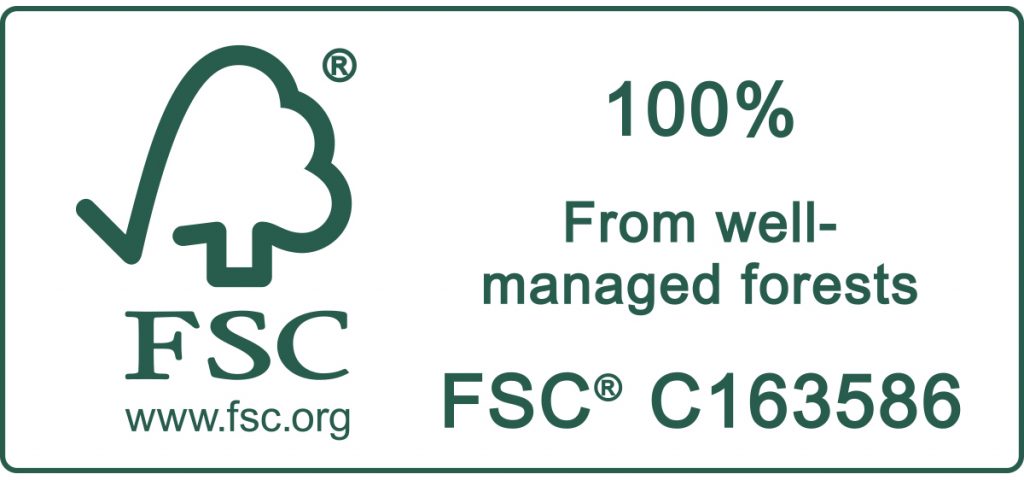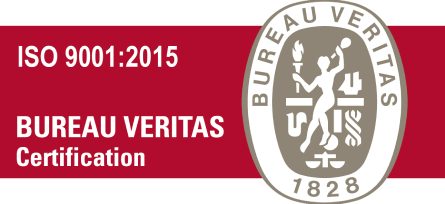Disagreements can arise in any situation, and it’s no different between practitioners and children. When conflicts arise, it’s important to have strategies in place to resolve them peacefully and maintain a positive relationship. This article will provide helpful tips on how to deal with disagreements between the practitioner and child and foster a healthy environment for both parties.
Open Communication
One of the key components of resolving disagreements is open communication. Practitioners should create a safe and welcoming space for children to express their thoughts and feelings. By actively listening and empathizing, practitioners can better understand the child’s perspective and work towards a resolution.
Establishing Boundaries
Sample informal loan agreements can serve as a useful tool to outline expectations and boundaries. Similarly, a basic service agreement template in Australia can help define the roles and responsibilities of both the practitioner and child. Clear boundaries can prevent misunderstandings and minimize potential conflicts.
Seeking Professional Help
In some cases, conflicts may escalate, and it may be necessary to involve a third party. When disputes involve contracts or legal agreements, such as the contractor trailer or home sale contracts in Virginia, seeking legal advice can help resolve the issue effectively.
Renegotiating Lease Agreements
If the disagreement arises in a rental situation, such as when a Rent-A-Center lease agreement has expired, both parties should engage in open dialogue to renegotiate the terms. In real estate management, a real estate management agreement in NSW can provide a framework for resolving conflicts between landlords and tenants.
Finding Win-Win Solutions
Ace Cash Express loan agreements or lease contracts in Bahrain may require registration to ensure legal compliance. When negotiating these agreements, it is essential to find win-win solutions that consider the needs and interests of all parties involved.
Considering Buy-Sell Agreements
LLC buy-sell agreement examples provide a blueprint for resolving disagreements among business partners. These agreements outline the process of buying or selling shares in the company and can help prevent conflicts from escalating.
By following these strategies and utilizing the appropriate agreements and templates, practitioners and children can navigate disagreements with ease. Remember, open communication, clear boundaries, and a focus on finding mutually beneficial solutions are the keys to resolving conflicts and maintaining positive relationships.





